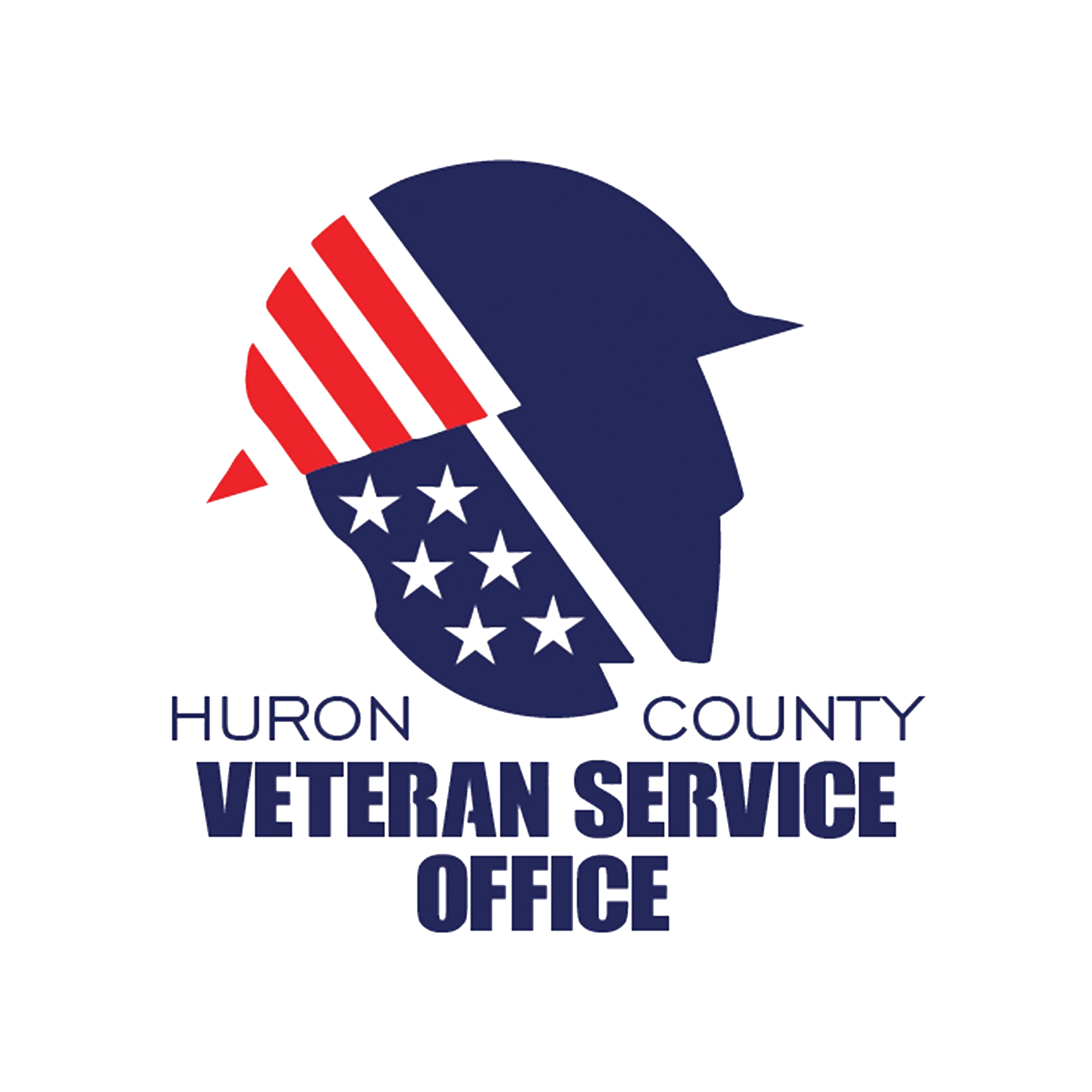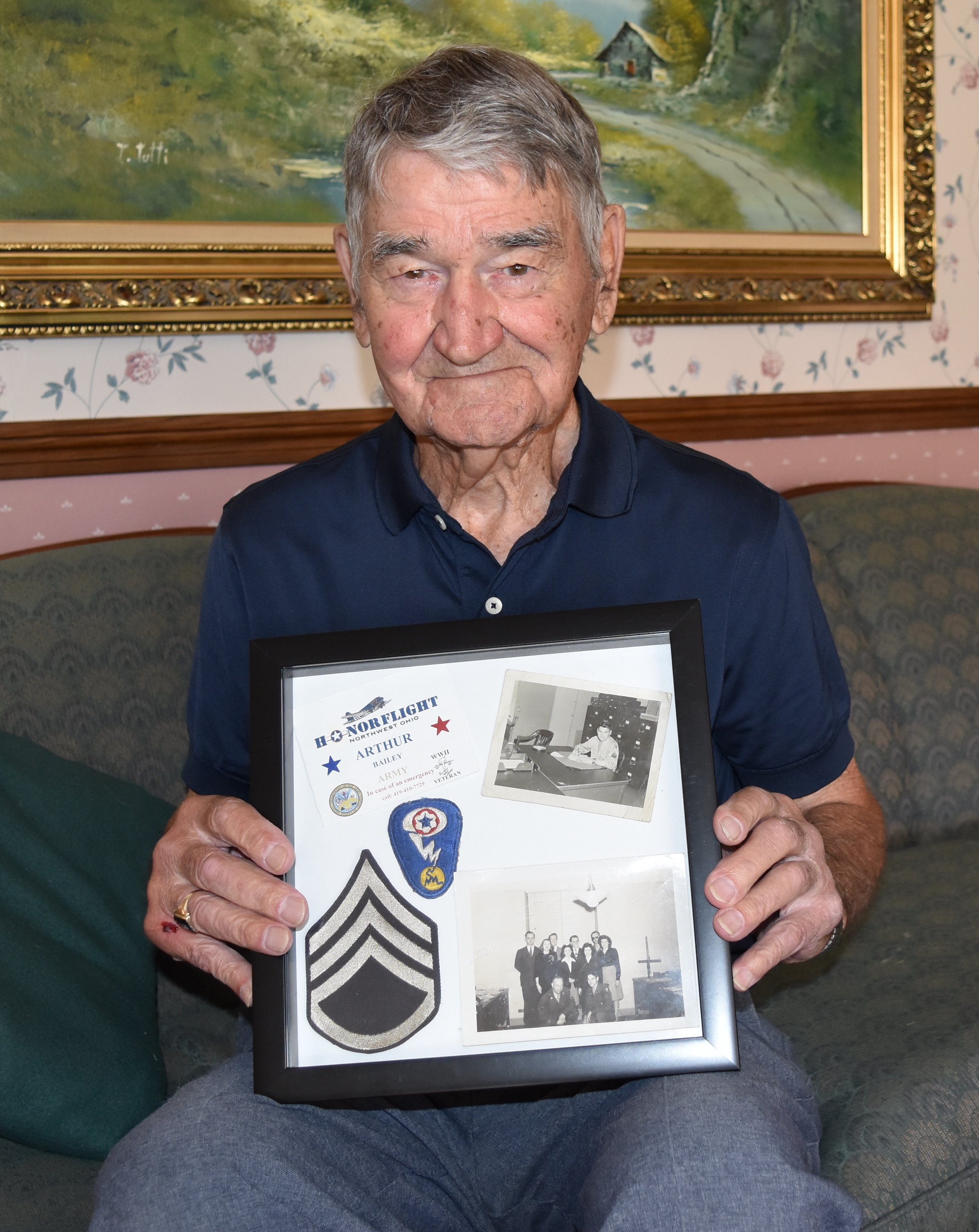Army veteran assisted with Manhattan Project in late 1940s
NEW LONDON — Dean Bailey’s experience driving truck for his father’s business led to him being a chauffeur in the U.S. Army for the Manhattan Project.
The Manhattan Project was the code name for America’s effort to develop a functional atomic bomb in World War II. Bailey was supposed to cut out any articles about the bomb, put the date on them and put them on the general’s desk.
“My main job was to go to Union Station and pick up the mail and on the way back, I would take out The New York Times and the Washington Post and Baltimore (Sun) and bring it back to the office in the War Department building,” he said.
The Manhattan Project was so confidential that Bailey didn’t learn anything about it even though he worked in that office. His life partner, Yvonne Westover, said it wasn’t until “the last few years” when more has been written about the project that Bailey might have realized how important his time in the Army was.
“They didn’t really talk about it a whole lot; they just knew that’s what he did. Now it’s important,” Westover added.
This is a late 1940s portrait of Dean Bailey. The New London resident served in the U.S. Army from December 1945 through August 1947 and in the U.S. Army Reserve from 1947 through 1955.
Bailey drove many dignitaries to the War Department in Washington, D.C. and the White House.
At one point, Bailey drove J. Robert Oppenheimer, an American theoretical physicist who was crucial in the development of the atomic bomb, to the White House. Bailey also saw President Harry Truman.
Bailey was a private when he was a chauffeur for political dignitaries. Gen. Leslie Groves eventually promoted him to sergeant and then staff sergeant. The only thing that identified them was the black sedan marked “U.S. Army.”
His service was from December 1945 through August 1947. He was drafted during his senior year at New London High School.
Dean Bailey, of New London, holds a frame containing some mementos, including his patch as a staff sergeant in the U.S. Army and two photographs from when he worked in the Manhattan Project office. CARY ASHBY/HCSVO
“I enlisted before I was drafted,” said Bailey, who had a deferment until he graduated. “I went to (Camp) Atterbury first and then infantry training at Joseph T. Robinson in Arkansas.”
His time in Arkansas was much shorter than the scheduled 17 weeks because he had prior truck driving experience.
“I was out of there in eight weeks because they needed a truck driver … to take care of the laundry,” Bailey said. “I could have done it in a pickup truck, but they had a semi,” he added with a laugh.
He had been driving for his father after school since he was 15 years old. On his biggest trip during a 10-day period, Bailey drove tires from Akron to Elba, Ala. and then on the way back, he picked up tire fabric in Thomasville, Ga.
U.S. Army veteran Dean Bailey holds a portrait of himself from the 1940s in front of a collection of mementos of his service in the Army and the New London Volunteer Fire Department. CARY ASHBY/HCVSO
For about three week, Bailey’s job in the Army was to drive the laundry to Oak Ridge, Tenn.
“Then the general wanted a personal aide (and) chauffeur in Washington, D.C.,” he said.
The only way Bailey could identify Groves was a photo he had.
“He wanted to go to the British embassy. I saluted him and opened up the back door. … He got into the back seat and I said, ‘General, I have no idea where the British Embassy is.’ He said, ‘I will show you the shortcuts and from now, we don’t salute the general. I can get into the front seat by myself and you leave me standing there,’” Bailey said. “He told me to drive like the taxis.”
After serving in the Army, Bailey used his G.I. Bill and went to school at the General Motors Institute in Flint, Mich. He also spent eight years in the Army Reserve.
Bailey’s service continued, this time as a member of the New London Volunteer Fire Department for 49 years until 2012. He became the chief in 1980, a position he held for 14 years.
Dean Bailey, of New London, works at his Washington, D.C. desk in the Manhattan Project office in the 1940s.




